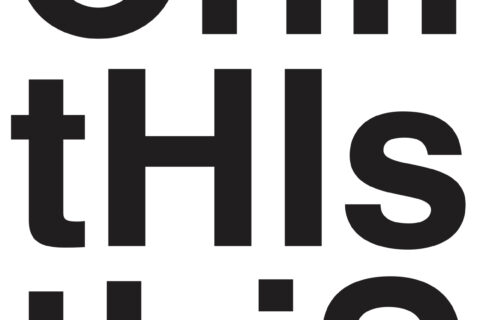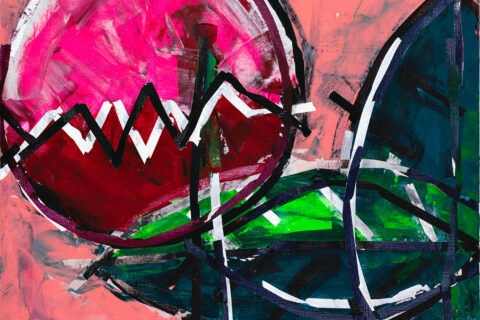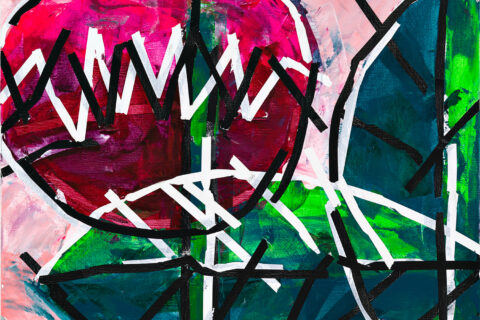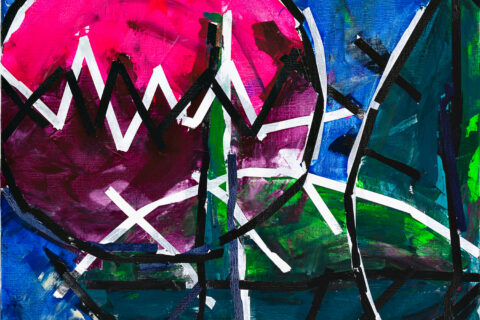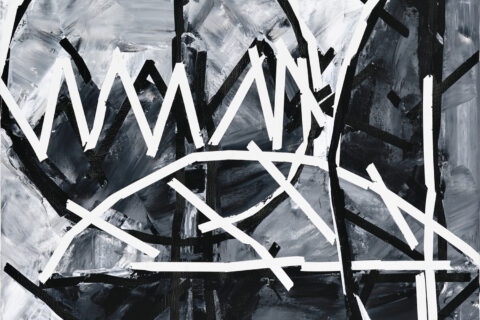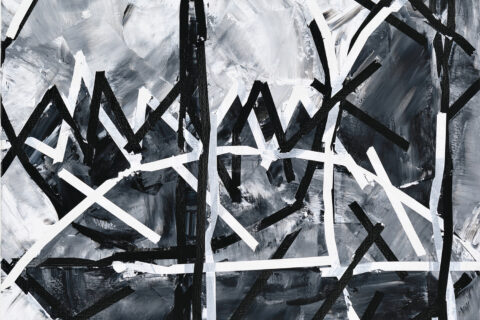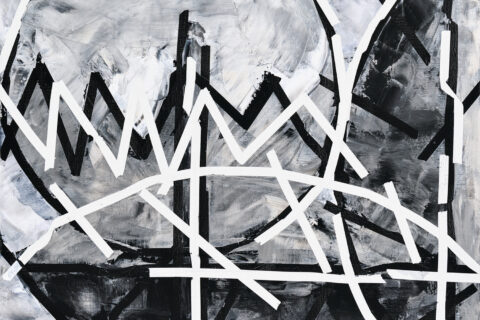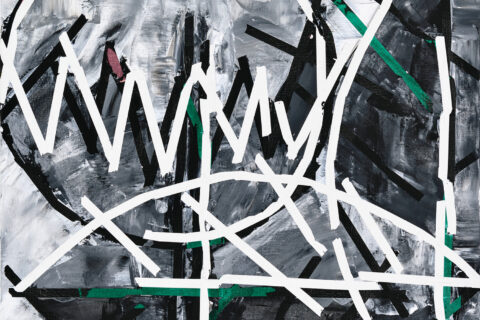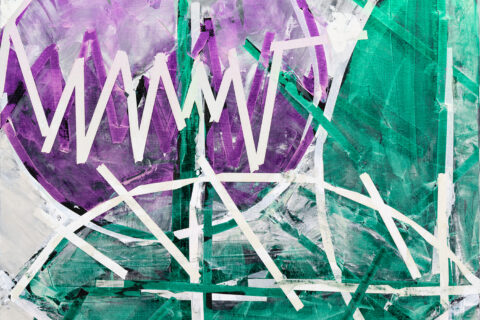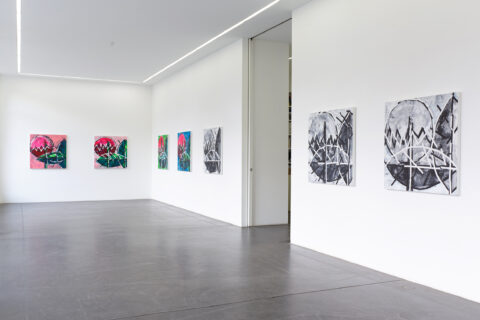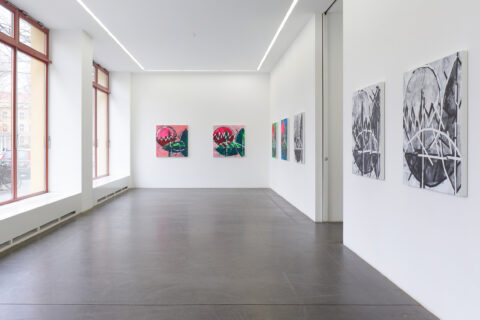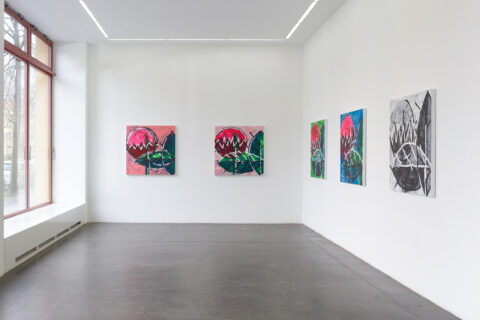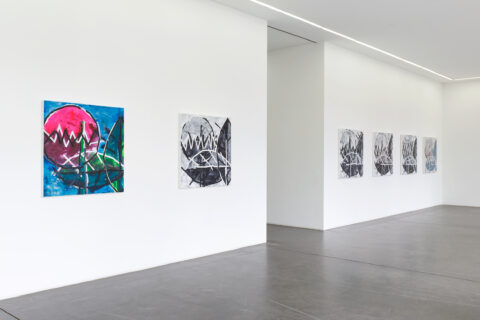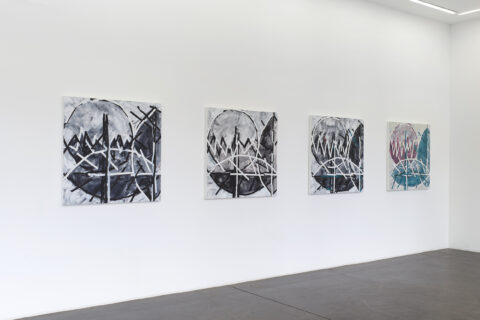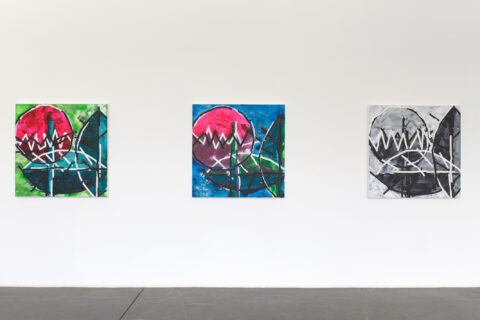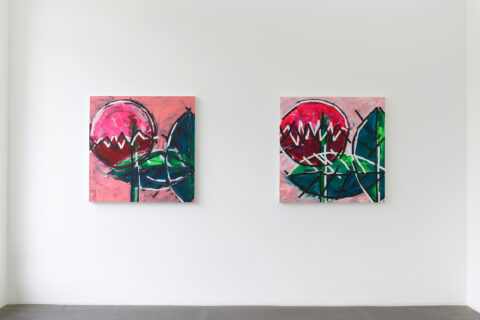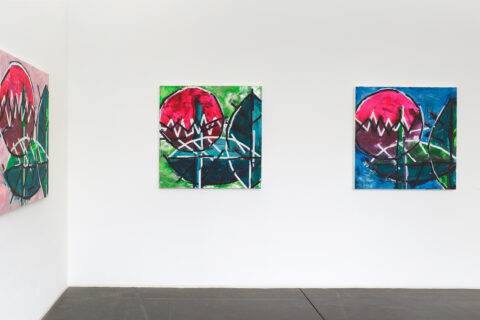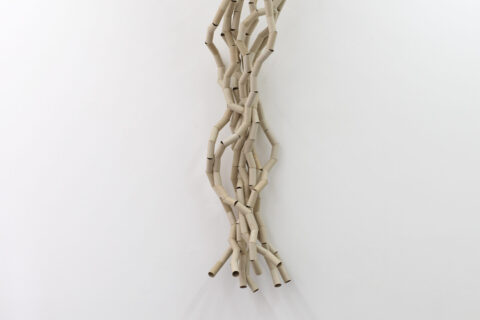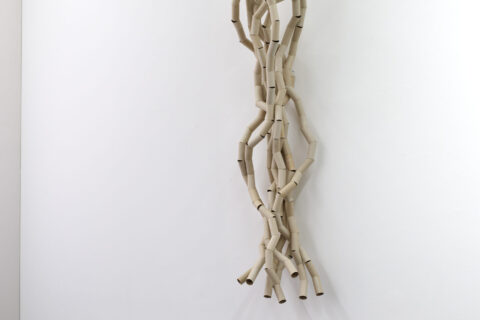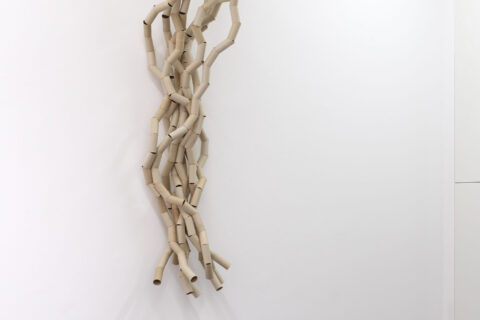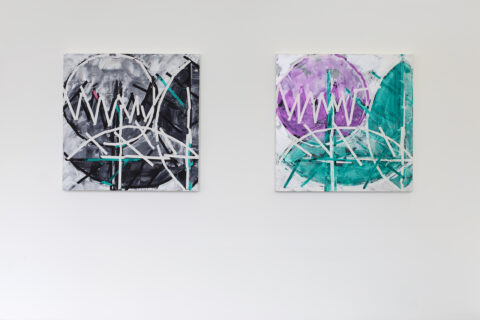Heimo Zobernig HEIMO ZOBERNIG
14/03/2020 – 19/06/2020
Eröffnung: Freitag, 13. März 2020, 18-21 Uhr --- abgesagt
Opening: Friday, 13 March 2020, 6-9 pm --- cancelled
Galerie Nagel Draxler
Weydingerstr. 2/4
10178 Berlin
Öffnungszeiten / Hours:
Dienstag bis Freitag, 14-18 Uhr (ausgenommen sind Feiertage)
Tuesday to Friday, 2pm-6pm (excluding public holidays)
nur nach Vereinbarung / only by appointment: berlin@nagel-draxler.de
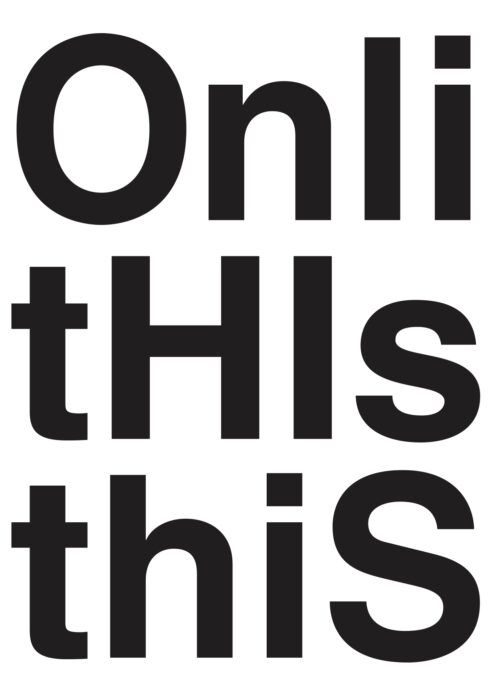
Untitled, 2019
Acrylic, canvas
100 x 100 cm
Untitled, 2019
Acrylic, canvas
100 x 100 cm
Untitled, 2019
Acrylic, canvas
100 x 100 cm
Untitled, 2019
Acrylic, canvas
100 x 100 cm
Untitled, 2019
Acrylic, canvas
100 x 100 cm
Untitled, 2019
Acrylic, canvas
100 x 100 cm
Untitled, 2019
Acrylic, canvas
100 x 100 cm
Untitled, 2019
Acrylic, canvas
100 x 100 cm
Untitled, 2019
Acrylic, canvas
100 x 100 cm
Installation view, 2020
Galerie Nagel Draxler, Berlin
Photo: Simon Vogel
Installation view, 2020
Galerie Nagel Draxler, Berlin
Photo: Simon Vogel
Installation view, 2020
Galerie Nagel Draxler, Berlin
Photo: Simon Vogel
Installation view, 2020
Galerie Nagel Draxler, Berlin
Photo: Simon Vogel
Installation view, 2020
Galerie Nagel Draxler, Berlin
Photo: Simon Vogel
Installation view, 2020
Galerie Nagel Draxler, Berlin
Photo: Simon Vogel
Installation view, 2020
Galerie Nagel Draxler, Berlin
Photo: Simon Vogel
Installation view, 2020
Galerie Nagel Draxler, Berlin
Photo: Simon Vogel
Installation view, 2020
Galerie Nagel Draxler, Berlin
Photo: Simon Vogel
Untitled, 2018
Cardboard and wood glue
200 x 61 x 54 cm
Photo: Simon Vogel
Untitled, 2018
Cardboard and wood glue
200 x 61 x 54 cm
Photo: Simon Vogel
Untitled, 2018
Cardboard and wood glue
200 x 61 x 54 cm
Photo: Simon Vogel
Installation view, 2020
Galerie Nagel Draxler, Berlin
Photo: Simon Vogel
Installation view, 2020
Galerie Nagel Draxler, Berlin
Photo: Simon Vogel
Press Release
Das Ungemachte
Seit ein paar Jahren geht Heimo Zobernig regelmäßig mit der Kamera in die Natur, um Pflanzen zu fotografieren. Für ihn ein Experiment. Dabei ist er nicht nostalgisch. Zobernig ist immer an den neuesten technischen Möglichkeiten interessiert. Eine Digitalkamera nimmt heute problemlos Sequenzen von 20 Bildern pro Sekunde auf. Das beste Bild ist unter Umständen das, das gar nicht „bewusst“ gemacht werden kann, sondern eines aus der Sequenz, die die Maschine beim Auslösen festhält („Es“ fotografiert). Das perfekte Bild, im Punktum, wie Roland Barthes den magischen Moment nannte, macht die Maschine. Die Kunst besteht vor allem darin, es zu erkennen. Das Verhältnis zwischen Werkzeug und Künstler verschiebt sich. Autorenschaft ist keine 100% autonome Angelegenheit - war sie noch nie. Dem Bild, von dem die Fotografie seit jeher träumt, dem Bild einer unvergänglichen Gegenwart des Festgehaltenen, kommen die Highspeed-Kameras mit ihren Möglichkeiten näher. Sie kommen aber nicht ohne den Blick aus, der unter etlichen ähnlichen das entscheidende Bild herausfiltert.
Malerei nähert sich diesem Moment, dem Moment ästhetischer Erfahrung, den die Kunst seit Beginn der Moderne einzuholen versucht, anders. Malerei ist immer „gemacht“. Zurück im Atelier blendet Zobernig sein Fotoexperiment aus. Die Idee mit den Fotos „etwas zu machen“ tritt in den Hintergrund. Vor der Leinwand denkt er nicht einmal daran, dass es mit seiner aktuellen Produktion etwas zu tun haben könnte.
Wie nähert man sich mit Malerei dem „Ungemachten“? Ein Bild malen und es dann abmalen und nochmal und nochmal. Nach der ersten Wiederholung steht nicht mehr das Motiv im Vordergrund, sondern vielleicht der Malprozess oder, wie bei der Kamera, der sequenzielle Automatismus. Ziel ist scheinbar nicht wie bei asiatischen Kopiertechniken, das Malen zu perfektionieren. Möglicherweise kann man im Gegenteil in der Wiederholung das „Machen" verlernen und dann gelingt unbemerkt das perfekte Bild. Es zu sehen ist die Kunst.
___________________________________
The Unmade
For a few years now Heimo Zobernig has been going outdoors with his camera to photograph plants. An experiment for him. He is not nostalgic. Zobernig is always interested in the latest technical possibilities. A digital camera can nowadays easily record sequences of 20 frames per second. The best picture may be that which cannot be made "consciously" at all, but one from the sequence that the machine takes when its release button is pressed ("It" photographs). In the magic moment Roland Barthes once called "punctum", the machine makes the perfect picture. The art is above all to recognize it. The relationship between tools and artists is shifting. Authorship is not 100% autonomous - it has never been. High-speed cameras and their possibilities come closer to the image that photography has always dreamed of, the image of an imperishable presence of the captured. But they cannot do without the view, which filters out the decisive picture from a number of similar ones.
Painting approaches this moment, the moment of aesthetic experience which art has been trying to catch up with since the beginning of modernity, in a different way. Painting is always "made". Back in the studio, Zobernig blanks out his photo experiment. The idea of "doing something" with the photos takes a back seat. In front of the canvas, he doesn't even think that it might have something to do with his current production.
How do you approach the "unmade" with painting? Make a painting and then paint it again and again. After the first repetition, the focus is no longer on the motif, but perhaps on the painting process or, as with the camera, on the sequential automatism. The aim is apparently not to reach perfection in painting as with Asian copying techniques. On the contrary, maybe it is possible to unlearn "making" in repetition, and then the perfect picture happens by accident. The art here is to see it.
